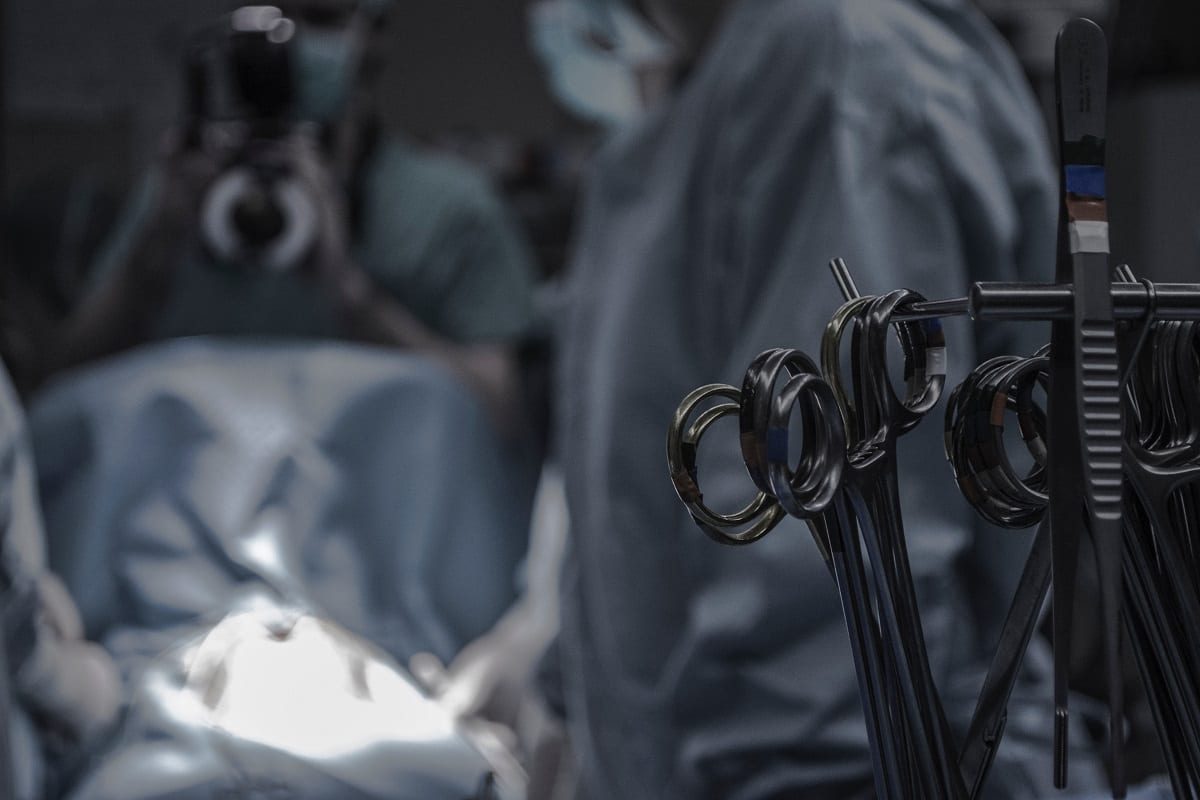

This quick guide should help you ease your worries and better understand your anesthesia options.
Local Anesthesia
Local anesthesia is typically used for minor procedures and works by numbing only a small area of your body. This type of anesthesia is usually administered via injection, and you will remain awake and aware of what’s going on around you.
For a nonsurgical treatment like the O Spot Shot, for example, a topical numbing cream is applied.
Regional Anesthesia
Similarly, regional anesthesia, also called a “block,” numbs a particular region of your body during a plastic surgery procedure. This region is larger than what local anesthesia is able to handle.
An example of regional anesthesia would be the epidural that many women get to help with pain during childbirth.
Sedation
Sedation can be minimal, moderate or deep and can be administered through an IV, oral pills or inhaled gas. While under sedation, you should feel relaxed and a bit drowsy. Sedation can also be combined with a local anesthetic to make you even more comfortable during your procedure.
General Anesthesia
General anesthesia, which is usually administered intravenously, is used for more extensive procedures, such as a mommy makeover.This type of anesthesia should be delivered by a qualified provider such as a certified nurse anesthetist or an anesthesiologist. While under general anesthesia, you won’t feel any pain, and you won’t have any recollection of the procedure later.
Related Posts
- Can Plastic Surgery Help Your Career?
- Keeping It Real: Plastic Surgery Myths Debunked
- What to Expect as You Recover from Plastic Surgery


